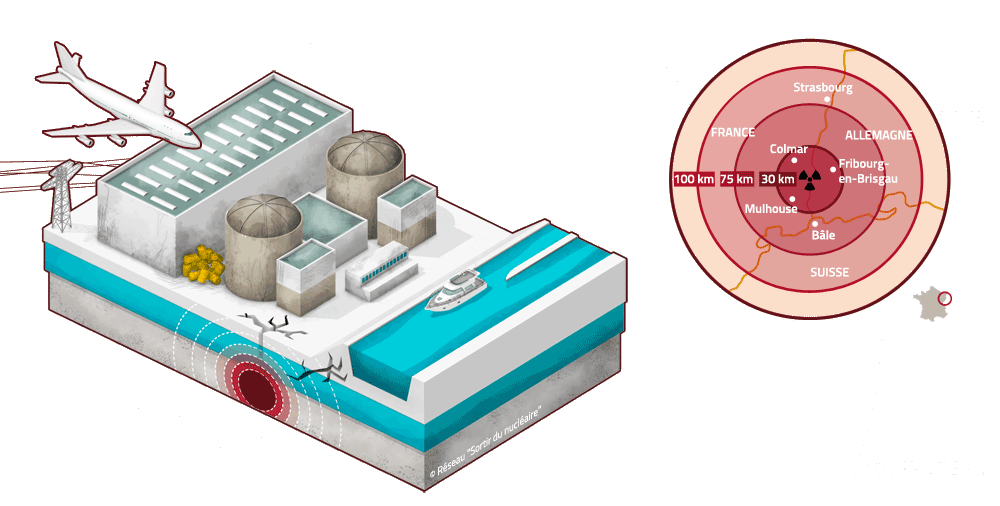En mai 2012, François Hollande déclarait "Je veux fermer Fessenheim pour deux raisons. C’est la plus vieille centrale, prévue pour 30 ans et elle aura 40 ans d’âge en 2017. Et elle est située près d’une faille sismique." Mais son engagement reste pour l’heure lettre morte.
Aidez-nous à faire pression : signez et diffusez la pétition pour que Hollande respecte son engagement et mette en œuvre immédiatement la fermeture de Fessenheim !















